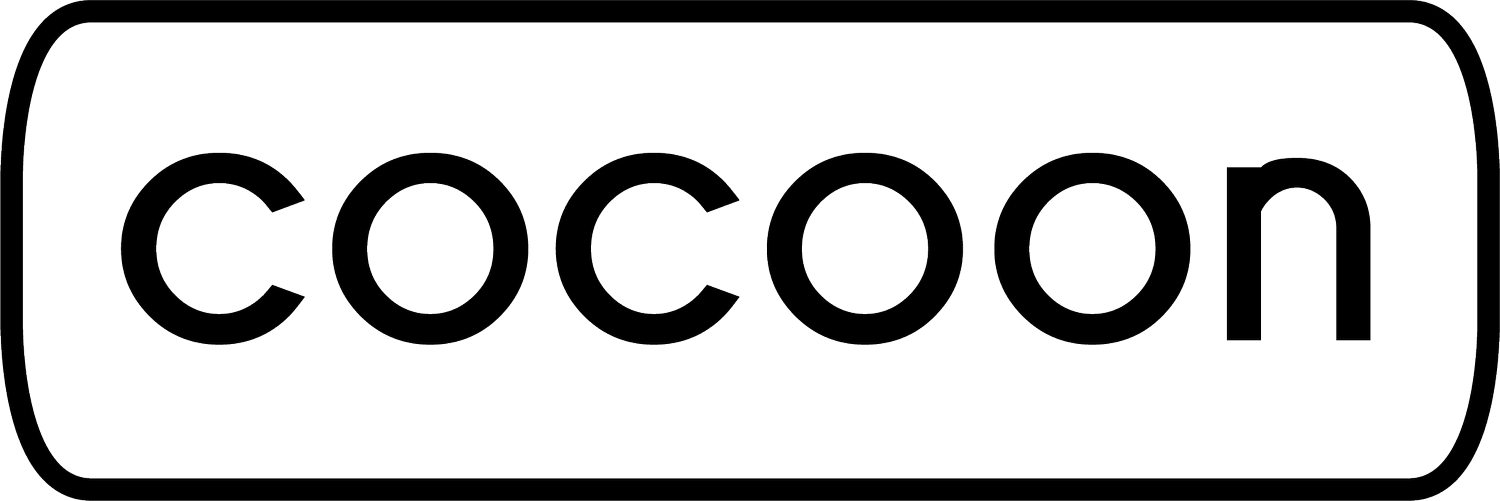Hyperbaric Oxygen Therapy (HBOT) for Reduction of Secondary Brain Damage in Head Injury
HBOT and hyperbaric oxygen treatment work in cases of traumatic brain injuries (TBIs) by assisting the body with neuroprotection in the brain. The earlier hyperbaric oxygen is administered, the more effective it is in preventing secondary brain damage due to traumatic brain injuries.
There are five mechanisms that HBOT provides:
Increase in Tissue Oxygenation – The 100 percent oxygen in a high-pressure environment that HBOT provides floods the body with increased oxygen. This allows oxygen to pass to brain tissue that may be cut off due to damaged arteries and capillaries.
Inflammation Suppression – In TBIs, the normal inflammatory response to injury can contribute to secondary brain damage. Reducing the inflammation response is essential. HBOT inhibits the neutrophils from adhering to their targets, increasing anti-inflammatory cytokine interleukin-10, reducing microgliosis, reducing the level of tumor necrosis factor-a, and decreasing the expression of matrix metalloproteinase-9. These changes slow down the body’s normal inflammatory response.
Decreases Apoptosis – The increased levels of oxygen delivered through HBOT reduces apoptosis, or cell death. This helps to preserve brain tissue and promote recovery.
Reduces Intracranial Pressure (ICP) – HBOT plays a critical role in reducing intracranial pressure. It decreases endothelin. These peptides constrict blood vessels and increase blood pressure, which in turn increases pressure in the brain. HBOT and hyperbaric oxygen also improve blood flow in and around the brain as well as decrease cerebral vascular resistance in traumatic brain injuries (TBIs).
Read further research and articles here from the Journal of Neurotrauma, 21:44-48. 2004


